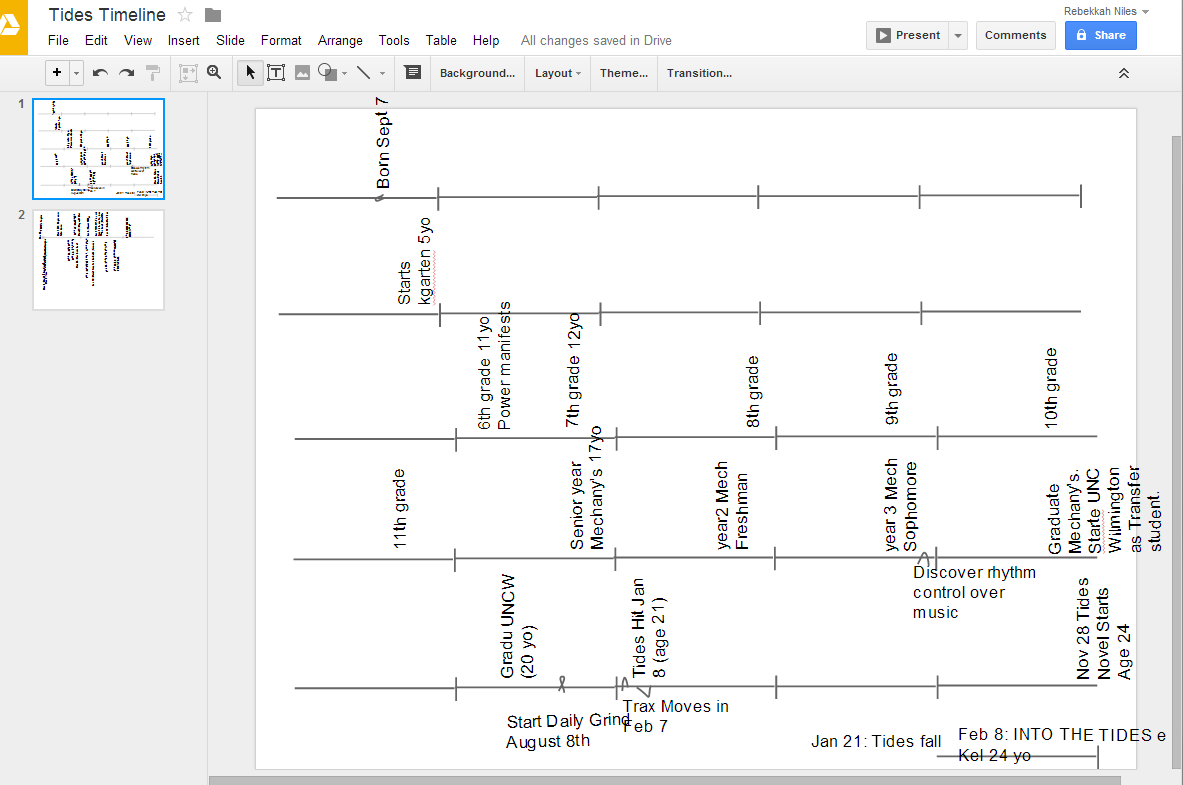Developing worlds is one of my long-time hobbies. So it may not be a surprise to you that there's a lot to the Broken Powers world, alternate-Earth setting of Into the Tides, that doesn't begin to show up in the novel.
Beyond Madison, WI; the Tide Zone; the oil platforms outside LA; and a few abandoned towns and cities, there's an entire thriving world. Yes, the devastation of the American South affected even countries beyond the borders of the US, and badly. Prices of many goods went up dramatically, and people across the globe mourned the loss of the highly international population of the Southeast. Nor was the physical destruction limited to the US: the Bahamas were entirely consumed by magic, and much of Cuba as well (including Havana). International aid supports what remains of Cuba, with Venezuela acting as the primary relief force (with help from China and Russia) providing stability to the survivors and making loud announcements of ensuring the US continues to respect the sovereignty of the small island (The US government, of course, continuously reiterates Venezuela's vocal protection is unnecessary, but sincerely thanks them for their humanitarian relief efforts).
But new cities have been founded, such as Sanctuary, KS. As people flocked inward, away from the coasts, they sought land-locked areas and set up shop. Sanctuary's gone from a virtually (or not-so-virtually) nonexistent town to a thriving metropolis, as Boston and New York and San Diego residents swarmed to a place of supposed safety. Carefully monitored from the very beginning by the architectural firm (who bought the land cheap and sold the homes and business locations at a huge profit), it's got grid-like city planning; due to demand residents for the city proper are only sold homes if they can prove employment. So of course, the sprawling suburbs of the areas not formally owned by the original architectural firm teem with the hopes and dreams of the less settled, and in a reversal of modern stereotypes, it's the suburbs where danger thrives and schools beg for funding, while the inner city schools are renowned for their excellence, and walking alone at night in the alleyways is safer than skirting a white picket fence.
Many people also chose to travel west, avoiding not coasts in general but primarily the East Coast. Most were absorbed into local cities with ease, thanks to the emmigration of other residents, although the city of Redshirt in the mountains south of Eureka, in northern California, began as a terrace-farming experiment and grew popular with artists, engineers, the film industry, and people looking for places to conveniently disappear without abandoning civilization as a whole (the number of caves in the area being highly conducive to a new--or rather, very old--kind of settlement).
A the time of the beginning of the book, New York, Boston, and other East Coast cities have begun to recover some of their former glory. For a while, the rising poverty (as wealthier residents who could afford to do so moved away) and high levels of vacancy led to high crime. However, large businesses were reluctant to entirely abandon their significant investments in land and building space, and the states began offering better incentives to stay, which meant that while some left the areas, others moved in. Thus, poverty took a nose-dive over the course of the past three years between the Tides happening and Into the Tides beginning. City parties and an emphasis on job creation and public morale have also helped the areas re-grow; employment is easy to find; good housing is cheaper than it's ever been for the areas. Crime, after an initial rise, has hit all-time lows. Thus, the residents who drifted away out of prudent fear have begun to settle back, deterred by high unemployment in more populous (and popular) regions.
So how did all these places get planned, if they didn't show up in the novel? And why?
Creating new areas for the world means thinking about implications and reactions. People want to go here, I think, and then wonder, but what does that mean for the area they're leaving? And for the places they're going, considering how they're leaving? Is there infrastructure? Are people planning? It goes on from there.
I also just like to create new areas. It's, well, fun. After all, I'm the sort of girl who writes 10+ page backstories for her D&D characters, and creates fantasy languages for amusement.
Plus there's the possibility of making the areas open for fans to enjoy. I've thought of making a tabletop roleplaying system to go along with the world (again, my idea of fun), and part of that is creating areas that are both fun to exploit--er, "live in"--an fun to build, so I keep desiring to add more and continuously grow the world.
What are your favorite parts of tabletop settings? Do you enjoy creating worlds of your own? What's best about it?
















